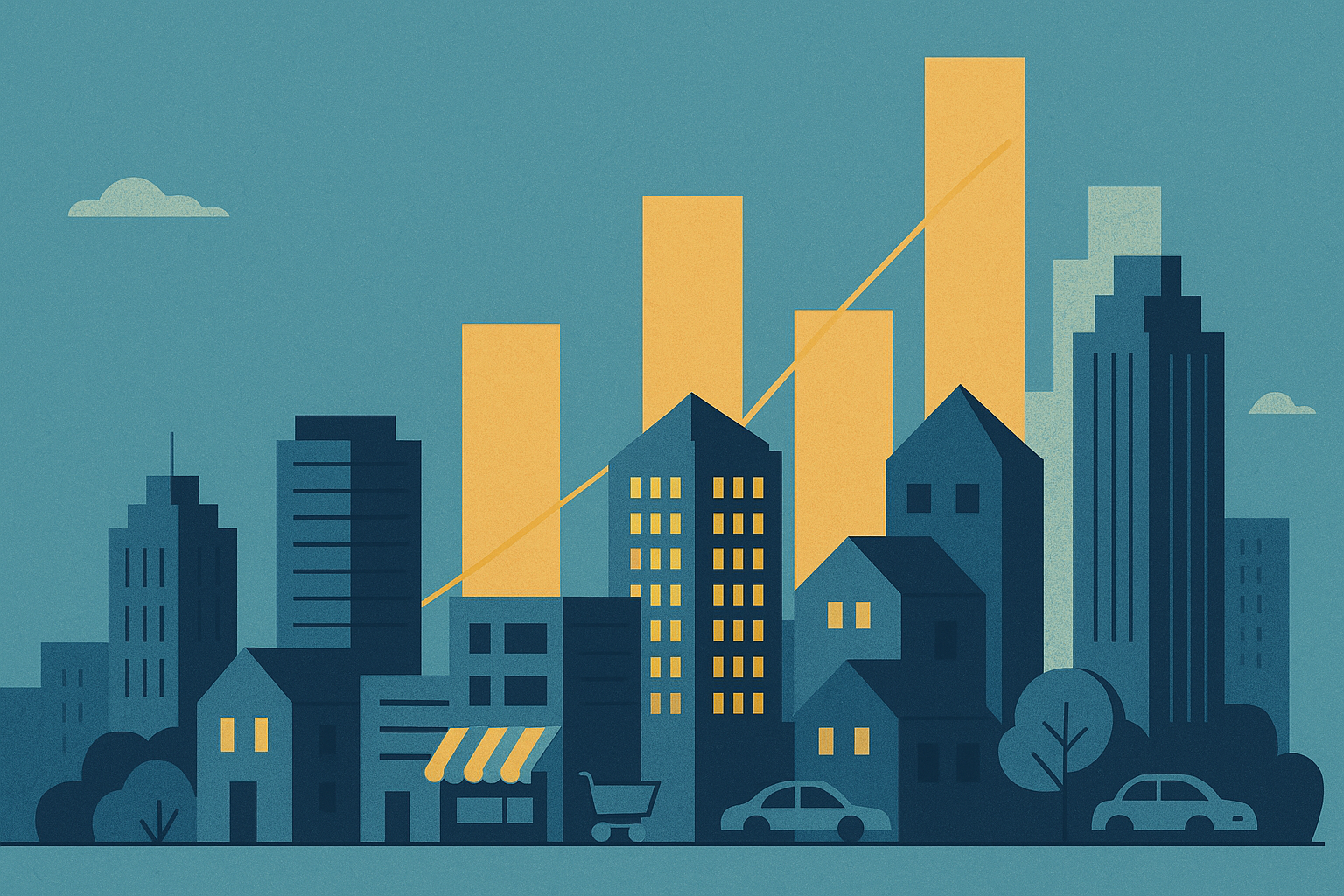US consumer prices rose more quickly than expected in August, complicating the Federal Reserve’s decision on whether to ease monetary policy at its meeting next week.
The Consumer Price Index (CPI) increased by 2.9% in the 12 months to August, up from 2.7% in July and marking the fastest annual rate since January. On a monthly basis, prices rose by 0.4%, double the pace recorded in the previous month. Core inflation, which excludes food and energy, remained steady at 3.1% year on year.
Price increases were broad-based. Groceries, airfares, housing and fuels all registered notable gains, according to the US Bureau of Labor Statistics. The upward pressure came even as other indicators pointed to softening economic conditions.
Weekly applications for unemployment benefits climbed to 263,000, the highest level in nearly four years, while the unemployment rate rose to 4.3%. These figures suggest weakening momentum in the labour market, setting up a difficult balancing act for policymakers.
“Consumer inflation came in mildly hotter than forecast, but not nearly high enough to prevent the Fed from starting to cut rates next week,” said Kathy Bostjancic, chief economist at Nationwide.
The Fed has raised interest rates aggressively since 2022 in a bid to return inflation to its 2% target. The benchmark federal funds rate currently stands in a range of 4.25% to 4.50%. Investors expect the central bank to cut rates for the first time in four years at its September meeting, with markets pricing in a move to around 4.10%.
While the upward trend in consumer prices complicates the case for immediate easing, evidence of a slowing jobs market is likely to weigh heavily on the central bank’s decision. Analysts say the Fed must avoid moving too slowly and letting labour market weakness deepen, but also guard against easing too quickly and reigniting price pressures.



You must be logged in to post a comment.